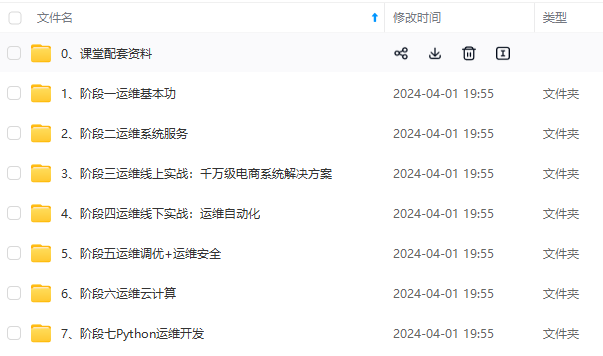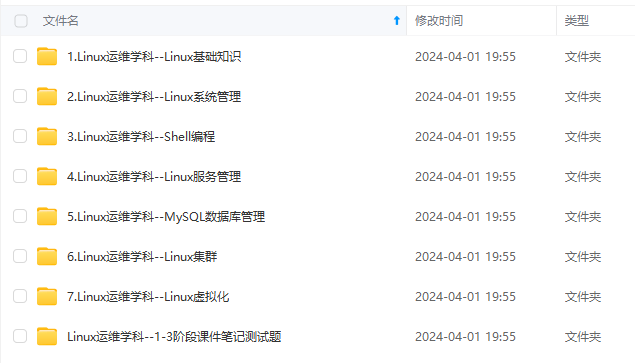for (Entry<K,V> e = table[i]; e != null; e = e.next) {
Object k;
//如果key在链表中已存在,则替换为新value
if (e.hash == hash && ((k = e.key) == key || key.equals(k))) {
V oldValue = e.value;
e.value = value;
e.recordAccess(this);
return oldValue;
}
}
modCount++;
addEntry(hash, key, value, i);
return null;
}
void addEntry(int hash, K key, V value, int bucketIndex) {
Entry<K,V> e = table[bucketIndex];
table[bucketIndex] = new Entry<K,V>(hash, key, value, e); //参数e, 是Entry.next
//如果size超过threshold,则扩充table大小。再散列
if (size++ >= threshold)
resize(2 * table.length);
}
当然HashMap里面也包含一些优化方面的实现,这里也说一下。比如:Entry[]的长度一定后,随着map里面数据的越来越长,这样同一个index的链就会很长,会不会影响性能?HashMap里面设置一个因子,随着map的size越来越大,Entry[]会以一定的规则加长长度。
2)get
public V get(Object key) {
if (key == null)
return getForNullKey();
int hash = hash(key.hashCode());
//先定位到数组元素,再遍历该元素处的链表
for (Entry<K,V> e = table[indexFor(hash, table.length)];
e != null;
e = e.next) {
Object k;
if (e.hash == hash && ((k = e.key) == key || key.equals(k)))
return e.value;
}
return null;
}
3)null key的存取
null key总是存放在Entry[]数组的第一个元素。
private V putForNullKey(V value) {
for (Entry<K,V> e = table[0]; e != null; e = e.next) {
if (e.key == null) {
V oldValue = e.value;
e.value = value;
e.recordAccess(this);
return oldValue;
}
}
modCount++;
addEntry(0, null, value, 0);
return null;
}
private V getForNullKey() {
for (Entry<K,V> e = table[0]; e != null; e = e.next) {
if (e.key == null)
return e.value;
}
return null;
}
4)确定数组index:hashcode % table.length取模
HashMap存取时,都需要计算当前key应该对应Entry[]数组哪个元素,即计算数组下标;算法如下:
/**
* Returns index for hash code h.
*/
static int indexFor(int h, int length) {
return h & (length-1);
}
按位取并,作用上相当于取模mod或者取余%。
这意味着数组下标相同,并不表示hashCode相同。
5)table初始大小
public HashMap(int initialCapacity, float loadFactor) {
…
// Find a power of 2 >= initialCapacity
int capacity = 1;
while (capacity < initialCapacity)
capacity <<= 1;
this.loadFactor = loadFactor;
threshold = (int)(capacity * loadFactor);
table = new Entry[capacity];
init();
}
注意table初始大小并不是构造函数中的initialCapacity!!
而是 >= initialCapacity的2的n次幂!!!!
————为什么这么设计呢?——
3. 解决hash冲突的办法
- 开放定址法(线性探测再散列,二次探测再散列,伪随机探测再散列)
- 再哈希法
- 链地址法
- 建立一个公共溢出区
Java中hashmap的解决办法就是采用的链地址法。
4. 再散列rehash过程
当哈希表的容量超过默认容量时,必须调整table的大小。当容量已经达到最大可能值时,那么该方法就将容量调整到Integer.MAX_VALUE返回,这时,需要创建一张新表,将原表的映射到新表中。
/**
* Rehashes the contents of this map into a new array with a
* larger capacity. This method is called automatically when the
* number of keys in this map reaches its threshold.
*
* If current capacity is MAXIMUM_CAPACITY, this method does not
* resize the map, but sets threshold to Integer.MAX_VALUE.
* This has the effect of preventing future calls.
*
* @param newCapacity the new capacity, MUST be a power of two;
* must be greater than current capacity unless current
* capacity is MAXIMUM_CAPACITY (in which case value
* is irrelevant).
*/
void resize(int newCapacity) {
Entry[] oldTable = table;
深知大多数程序员,想要提升技能,往往是自己摸索成长,但自己不成体系的自学效果低效又漫长,而且极易碰到天花板技术停滞不前!


由于文件比较多,这里只是将部分目录截图出来,全套包含大厂面经、学习笔记、源码讲义、实战项目、大纲路线、讲解视频,并且后续会持续更新
加入社区》https://bbs.csdn.net/forums/4304bb5a486d4c3ab8389e65ecb71ac0
void resize(int newCapacity) {
Entry[] oldTable = table;
深知大多数程序员,想要提升技能,往往是自己摸索成长,但自己不成体系的自学效果低效又漫长,而且极易碰到天花板技术停滞不前!
[外链图片转存中…(img-S6GdtfTC-1725631967507)]
[外链图片转存中…(img-TASHVM7C-1725631967508)]
由于文件比较多,这里只是将部分目录截图出来,全套包含大厂面经、学习笔记、源码讲义、实战项目、大纲路线、讲解视频,并且后续会持续更新
加入社区》https://bbs.csdn.net/forums/4304bb5a486d4c3ab8389e65ecb71ac0





















 778
778

 被折叠的 条评论
为什么被折叠?
被折叠的 条评论
为什么被折叠?








